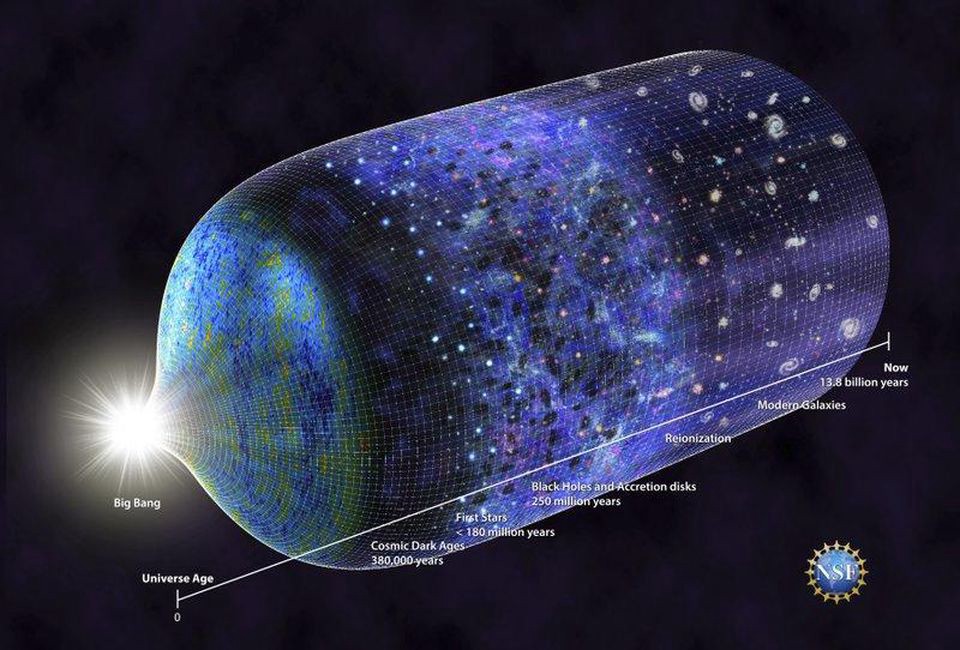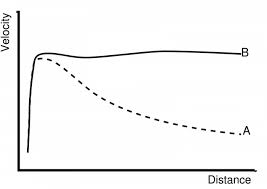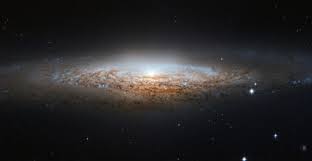Dark Matter & Dark Energy

Introduction
Have you ever wondered why visible matter makes up only 5% of the universe? This leads to only one question, what is the rest of 95% material/thing in the universe which is not visible to us. This blog will present you with various thought-provoking ideas regarding Dark Matter & Dark Energy.
About
Evidence
Deduction in the field of Astronomy has always led to great discoveries in the past and the same is true in the case of Dark Matter. So what do I mean by deductions in the past? It’s simple, before the discovery of the planet Neptune astronomers were able to deduce that there exists a planet beyond Uranus due to the perturbing effect on the motion of planet Uranus due to Neptune’s gravitational force. Another example of deduction can be applied to a black hole. Imagine a planet is revolving around a massive star, later on, the star shrinks under its own gravitational influence and gets embellished into a black hole. But the planet is still revolving around its orbit, this time it’s different as we cannot spot the star since it has turned into a black hole. This is how we can detect the presence of a black hole in this vast Universe.
 The image depicting rotational curve of Milky Way
The image depicting rotational curve of Milky Way
Now we are going to study the shreds of evidence from where we can deduce that there is a substance that is not like our usual visible matter. We know our Milky Way Galaxy is classified under a spiral type galaxy. Our galaxy is surrounded by Hydrogen gas and cosmic dust clouds in the outer layer. Moreover, we know that orbital velocity is a parabolic function over distance from the center of gravity. However, researchers observed that the velocity, instead of decreasing after some time it starts to become constant. this is only possible when the mass of the galaxy extends to the whole of the galaxy unlike earlier when we used to think the whole mass of a galaxy is within the inner radius where matter is visible. But after the observation of orbital velocity, we can deduce that mass is spread throughout the whole galaxy and that mass is invisible. After seeing the image of the galaxy one can see that most of the galaxy is empty as we cannot see the matter that is covering those empty spaces. Thus, this leads to the possibility for the presence of this invisible matter in the empty spaces of our Universe. This invisible matter covering most of the space in the Universe is termed as Dark Matter by Fritz Zwicky in 1933.
 The image depicts side view of a galaxy (vast empty space can be observed)
The image depicts side view of a galaxy (vast empty space can be observed)
Another evidence can be found in the example of the Coma cluster. It is a cluster of nearly a thousand galaxies. Researchers observed that the energy of motion of all of the galaxies seems to greatly exceed their gravitational energy and this can only be possible if the mass of the cluster as a whole is much greater than what is visible. One can deduce the presence of Dark Matter in the Coma cluster.
What is Dark Matter & Dark Energy?
Dark Matter is often known as unseen matter in space. The next question that arises is what is dark matter made up of? The answers to these questions which researchers found were all contradictory, thus they came up with the theory that the bulk of the Dark Matter that is found in and out of clusters is non-baryonic (not composed of baryons). This is an assumption made to fulfill the requirements of the big bang since the existence of baryonic matter would obstruct it. The dark matter is thus named, Non-baryonic dark matter (NBDM) and there is another name for this - weakly interacting massive particle (WIMP). However, NBDM is still not detected by any astronomical instrument.
Dark Energy is an unknown form of energy that helps in the expansion process of the Universe i.e it never lets the expansion rate of the Universe drop down. From the description, we can conclude that its property is the opposite of gravitational energy. Besides, the dark energy is the result of the phase transition during the Big Bang i.e. it is caused by the inherent energy of the Universe. However, our Universe is composed of the baryonic matter or the visible mass-energy in the Universe, the dark matter, and the dark energy. The cosmologists give approximate values that the matter and energy which is visible to astronomers occupy 5% of all the matter and energy the Universe contains. Although, the contribution of dark matter to this is just 27%, and 68% of the universe is covered in dark energy.
Conclusion
Dark matter and dark energy are still mysteries to researchers since we lack the technology and resources to directly study them. Maybe in the future, we can gather resources to fully understand them. Nonetheless, we can observe their behavior/effects and we can theoretically work on them just like Albert Einstein calculated the existence of a Black Hole and after 100 years we were able to practically confirm their existence.
References
Facts and speculations in Cosmology (Cambridge University Press), by JayantV. Narlikar and Geoffrey Burbidge